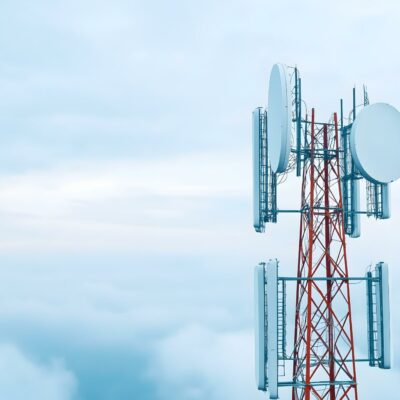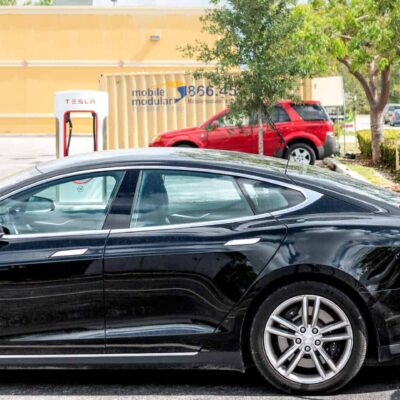Now that 5G rollouts have begun nationwide, connections are faster, stronger, and more comprehensive than ever. And while this is a big achievement in the realm of wireless service, it also opens the door to countless new cross-industry innovations and integrations. We are now seeing this firsthand with the new all-electric BMW iX and i4, America’s first 5G-connected cars. Though BMW may be early on the scene with their 5G EV, many other manufacturers like Ford have already committed to doing the same by the end of 2022. To that end, WIT sees three future opportunities for potential disputes around connected car technology, and they are as follows:
“Sunsetting” 3G Service
Is the introduction of 5G to the connected vehicle landscape exciting for all? Not exactly. Because of the need for expanded 5G infrastructure and improved 4G offerings, the market’s three major wireless network providers have committed to discontinuing the 3G service still used in some connected cars.
With 6G already on the horizon and connected cars becoming more common, we ask: how will the industry respond to continued 3G and the future 4G shutdowns that will inevitably follow? Will early connected car consumers fight back? Though it is possible to upgrade vehicle services to accommodate new connections, it can be near impossible to do so in some cars on account of their design. As 5G connectivity expands and more manufacturers begin prioritizing this newer connection in electric vehicle design, this may create divides over how to properly shut down and implement new services in the future.
Security Stress
With greater connectivity comes greater security concerns. Though these vehicles are some of the most advanced on the road, they also require more maintenance to keep their intricate systems up to date. As automotive industry expert and Advisory Panel member Larry Achram explained, “Most traditional automakers have been reluctant to perform mission-critical software updates partially for fear of data corruption, but more about the difficulty of hardening the on-board network to protect it from hackers. To date, most mission-critical updates were being done via hardwire. 5G reliability, speed, and reduced latency improve the success of over-the-air (OTA) updates, but security issues remain”.
When wireless connectivity in cars, specifically electric vehicles, becomes the industry standard, how will manufacturers mitigate these security concerns? And will lack of proper updates affect the way the vehicles interact with one another on the road?
Patent Battles
Wireless connectivity in cars isn’t new. Patent disputes over this technology have been happening for more than a decade, with major players like Nokia and Daimler engaging in industry-rattling battles over standard-essential patents (SEPs). As vehicles begin integrating technology further and the competition in the connected car market heats up, we see opportunities for significant IP litigation in this space when the question of licensing comes into play.
If your company needs help preparing for these challenges, reach out to WIT for the best experts who can advise you on your strategy. Our expert teams were created to address what we expect to be the key areas of IP litigation in emerging wireless technologies. For more insights on what is to come in the future of 5G and the wireless communications industry, contact us to schedule a partner briefing.




